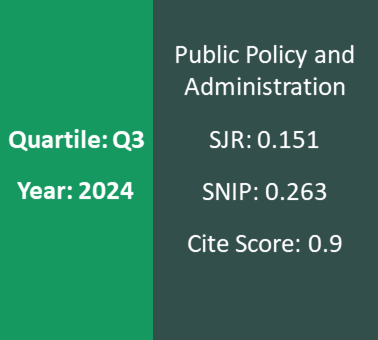Opportunities for Public-Private Partnerships
Keywords:
Public-Private Partnership (PPP), Public Finance Initiative (PFI), Public Sector Comparator, concession, lease, distribution of risk, transaction costs, positive externalities, public goods.Abstract
In the last two decades various countries of the world have shown a growing interest in Public-Private Partnerships.
A Public–Private Partnership (PPP) is a partnership between the public and private sector for the purpose of
delivering a project or service traditionally provided by the public sector. This article develops arguments for the
choice of various Public-Private Partnership arrangements taking into account various factors that affect the balance
between costs and benefits of each alternative of public service provision and infrastructure development. The
factors derived of premises of the new institutional economics and theories of public finance are the nature of good
provided, positive externalities, transaction costs, management costs, risk costs, and interest rates. The next part of
the article deals with experience of various countries of the world in developing PPP policy and implementing
successful PPP projects. In the last part of the article the legal environment for PPP implementation as well as
obstacles and opportunities for successful PPP projects in Lithuania are discussed.





